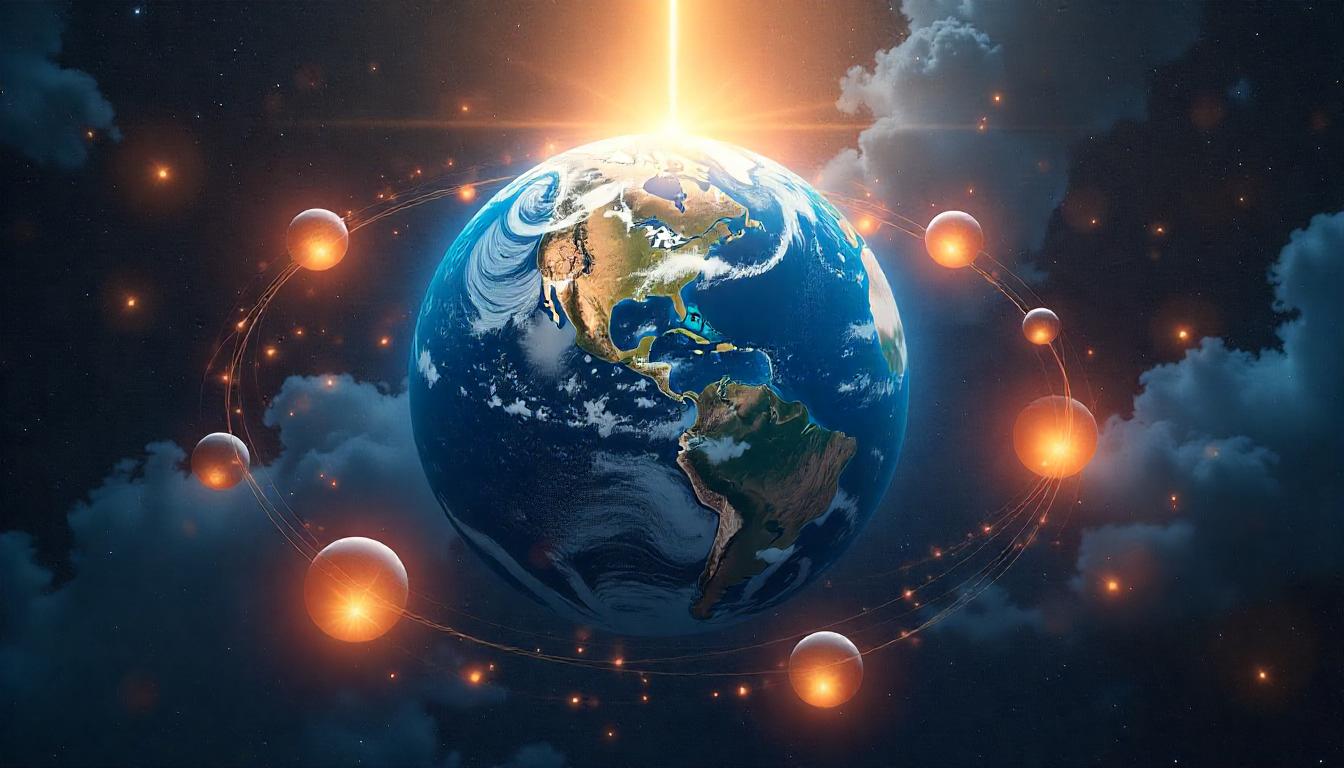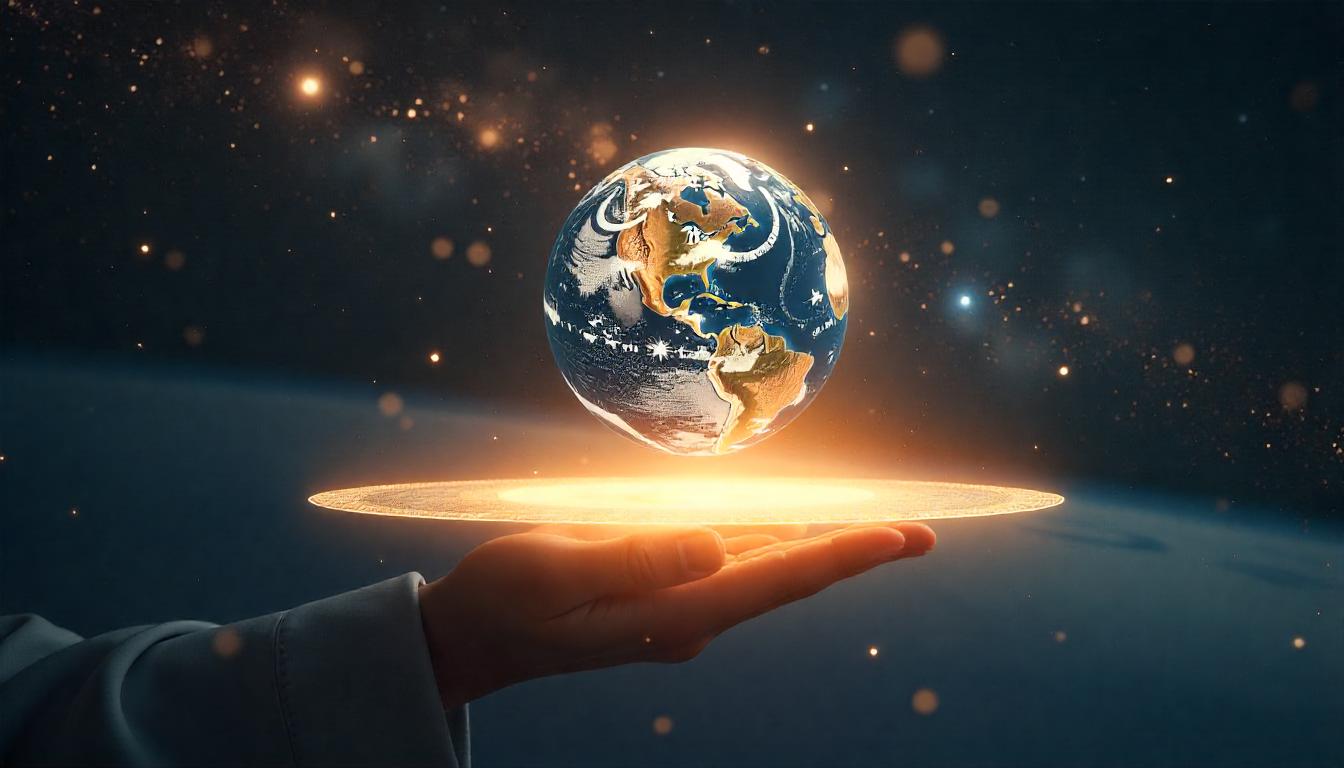Introduction: Are We Alone in the Cosmos?
Have you ever looked up at the stars and wondered if another “you” might exist somewhere? A version of your life where things turned out differently — where you made another choice, lived another fate? Science calls it the parallel universe theory. But did you know that Islamic teachings spoke of multiple worlds long before modern physics?
From heavenly realms and the world of jinn to interdimensional journeys like Isra and Miraj, Islam has consistently revealed the existence of realities beyond the veil of human perception — realities that parallel, intersect, or exist independently of our own.
Let’s embark on a journey through the Islamic understanding of parallel universes, drawing from the Qur’an, Hadith, and classical scholarship, while uncovering fascinating stories and facts along the way.
1. “Lord of the Worlds” — The Plurality in the Qur’an
The second verse of the Qur’an contains a powerful clue:
“All praise is due to Allah, Lord of the Worlds (رَبِّ الْعَالَمِينَ).”
(Surah Al-Fatiha, 1:2)
Why worlds, not world?
Islamic scholars have long discussed the meaning of “Al-‘Alamin”:
- The world of humans
- The world of animals
- The world of jinn
- The world of angels
- The world of souls (Arwah)
- The world of Barzakh (between death and resurrection)
- The world of the unseen (Al-Ghaib)
Some have interpreted this to mean entire dimensions of existence, each governed by its own laws — not limited by time, space, or matter as we know them.
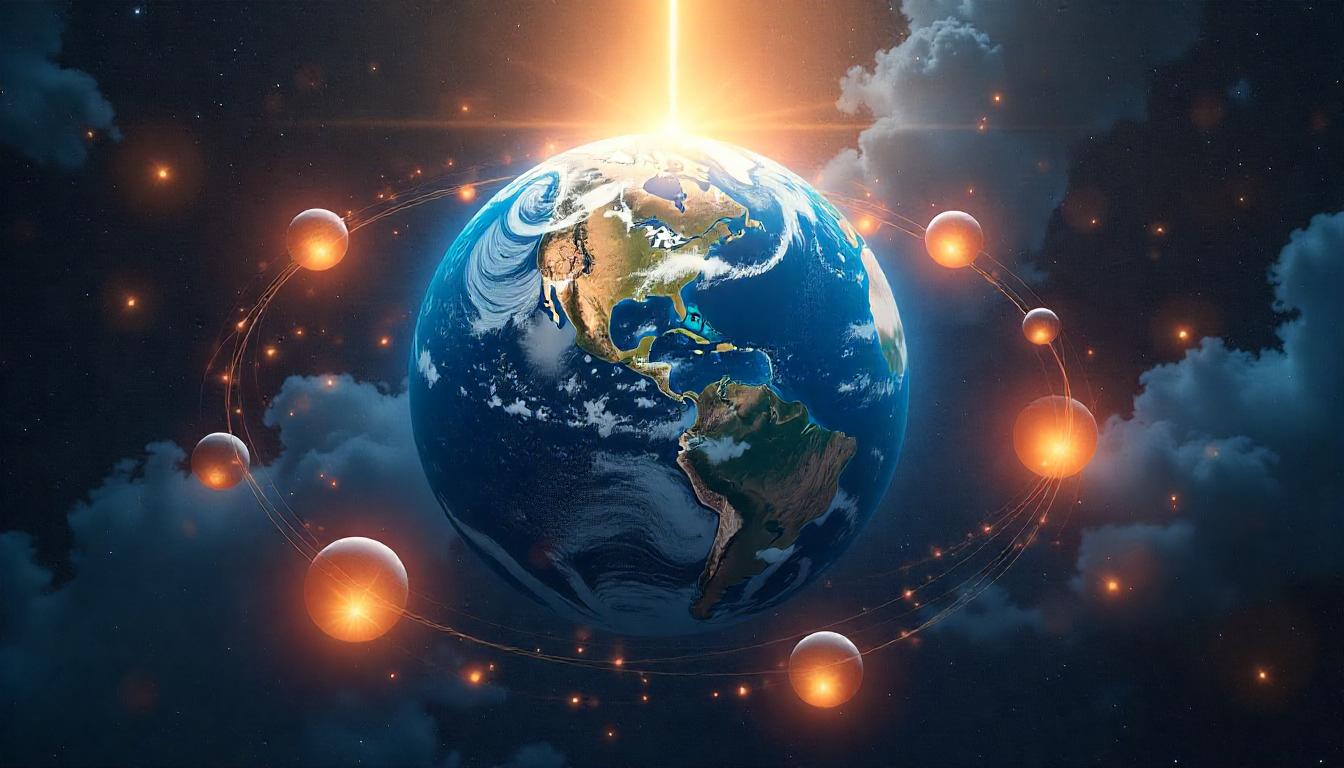
2. The Seven Heavens — Seven Layers of Reality
The Qur’an refers to the creation of seven heavens:
“He is the One who created for you all that is on Earth, then turned to the heavens and made them seven heavens…”
(Surah Al-Baqarah, 2:29)
According to Hadith, each heaven is inhabited by angels and assigned to specific tasks:
- 1st Heaven – Home of Angel Israfil.
- 2nd Heaven – Prophet Yahya and Isa met here.
- 7th Heaven – Where Prophet Ibrahim resides.
During the Miraj (Ascension), the Prophet Muhammad ﷺ travelled through all seven heavens in a single night, met different prophets in each layer, and finally spoke to Allah beyond all creation at Sidrat al-Muntaha — the Lote Tree at the edge of the known universe.
This journey was not metaphorical — it was physical and spiritual, suggesting the reality of higher dimensions.
Fascinating fact:
Ibn Abbas reported that the distance between each heaven is 500 years of travel — but time in these realms works differently, another clue to their multidimensional nature.
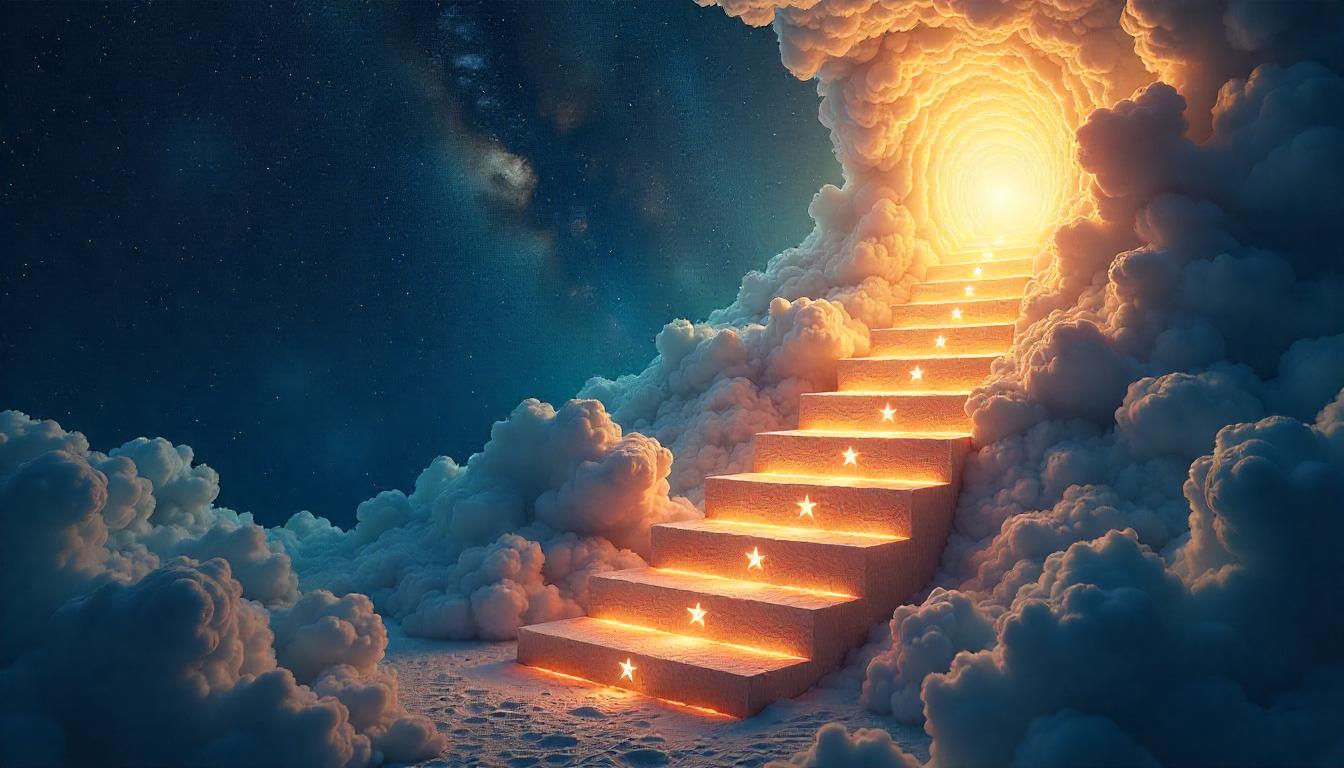
3. Barzakh — A Parallel World Between Life and Afterlife
Barzakh is the intermediary realm where souls reside after death and before resurrection:
“Behind them is Barzakh until the Day they are resurrected.”
(Surah Al-Mu’minun, 23:100)
Souls in Barzakh are conscious, aware, and connected to their past, but we cannot perceive them. Some Hadith describe how souls can see each other, meet other deceased, or experience comfort or torment.
Real-life story:
Imam Al-Qurtubi narrates the story of a pious man who was seen in a dream after his death. When asked, “Where are you?” he replied:
“In a garden between the worlds, waiting for the Day when the veil will be lifted.”
This hints at Barzakh as a hidden dimension — a parallel existence known only to the Divine.
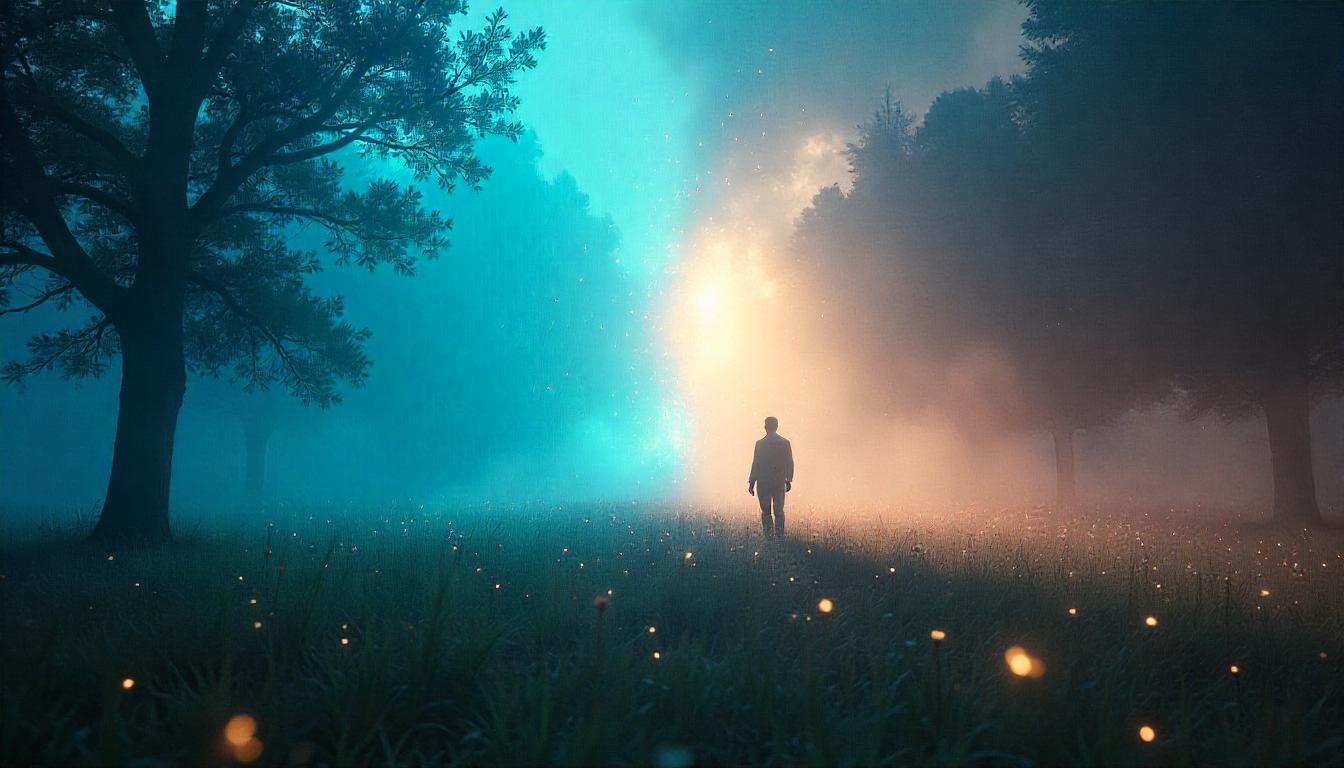
4. The World of Jinn — Living Beside Us, Yet Invisible
The Qur’an has an entire chapter called Surah Al-Jinn, confirming the existence of intelligent, non-human beings made of smokeless fire.
“Indeed, We created man from clay… and the jinn before from smokeless fire.”
(Surah Al-Hijr, 15:26-27)
Jinn:
- Live in their own society.
- Have free will like humans.
- Can traverse places at incredible speed.
- Remain hidden from our senses.
Some scholars suggest that jinn live in a parallel layer of Earth — occupying the same space, but in a different vibrational frequency.
Fascinating fact:
The jinn once tried to eavesdrop on the heavens for divine secrets but were blocked by flaming meteors after the Prophet’s arrival — an interdimensional boundary shift occurred, as recorded in Surah Al-Jinn.
6. Worlds of Angels — Light Beings in Higher Dimensions
Angels are created from pure light (Nur) and exist in a realm that overlaps with ours but remains unseen.
- They record our deeds.
- Attend our gatherings.
- Accompany us during travel, sleep, and prayer.
Their actions transcend the limitations of time and gravity. The speed and nature of angels — especially Jibril (Gabriel) — are described in ways that match hyperspace travel in science fiction.
Interesting note:
The Prophet ﷺ once saw Angel Jibril in his original form, with 600 wings covering the horizon, proving that angels’ existence is not metaphorical but hyper-real.
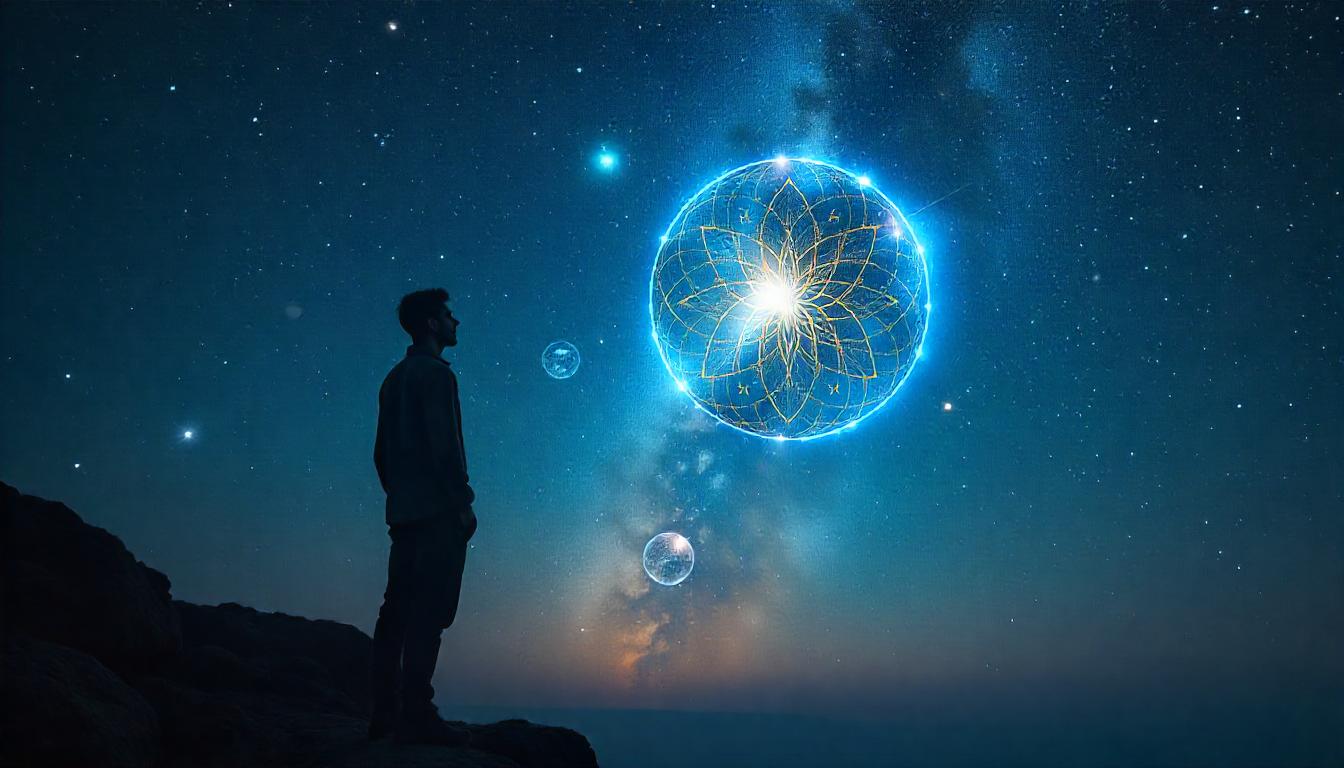
7. Ibn Arabi & The World of Images (Alam al-Mithal)
Ibn Arabi (1165–1240), the great Sufi philosopher, described a dimension between the spiritual and the material:
Alam al-Mithal – The World of Images or Forms.
In this realm:
- Thoughts become reality.
- Spiritual truths take form.
- Time does not flow linearly.
He claimed this world overlaps with ours and can be accessed in dreams, visions, and deep meditation. This is perhaps the most vivid Islamic concept that parallels the modern idea of other dimensions.
8. Are Parallel Universes Mentioned Directly in Islam?
Islam does not use the term “parallel universe” — a product of modern cosmology — but it definitely affirms the existence of multiple realities, each with its own structure and purpose.
“And none knows the soldiers of your Lord except He…”
(Surah Al-Muddathir, 74:31)
This may include:
- Multiple Earths (some scholars argue based on Tafsir).
- Countless creations we cannot see or imagine.
- Beings and worlds with distinct destinies.
9. What Does It Mean for Us?
Whether science eventually proves or disproves the existence of parallel universes, Islam teaches us:
- We are part of a vast, multidimensional creation.
- Our actions echo beyond the seen world.
- Death is not the end — it is a transition into another dimension.
“He creates what you do not know.”
(Surah An-Nahl, 16:8)
Conclusion: Faith Beyond the Five Senses
In a time when science still struggles with evidence for multiverses, Islam has already laid down a roadmap of hidden worlds, accessible only through revelation, piety, and divine knowledge.
The worlds of jinn, angels, Barzakh, and the seven heavens all suggest that we are not the only story. Our reality is just one chapter in a book of infinite realms.
So the next time you stare into the night sky, remember:
The Creator of the universe didn’t just create one — He created worlds beyond imagination.

